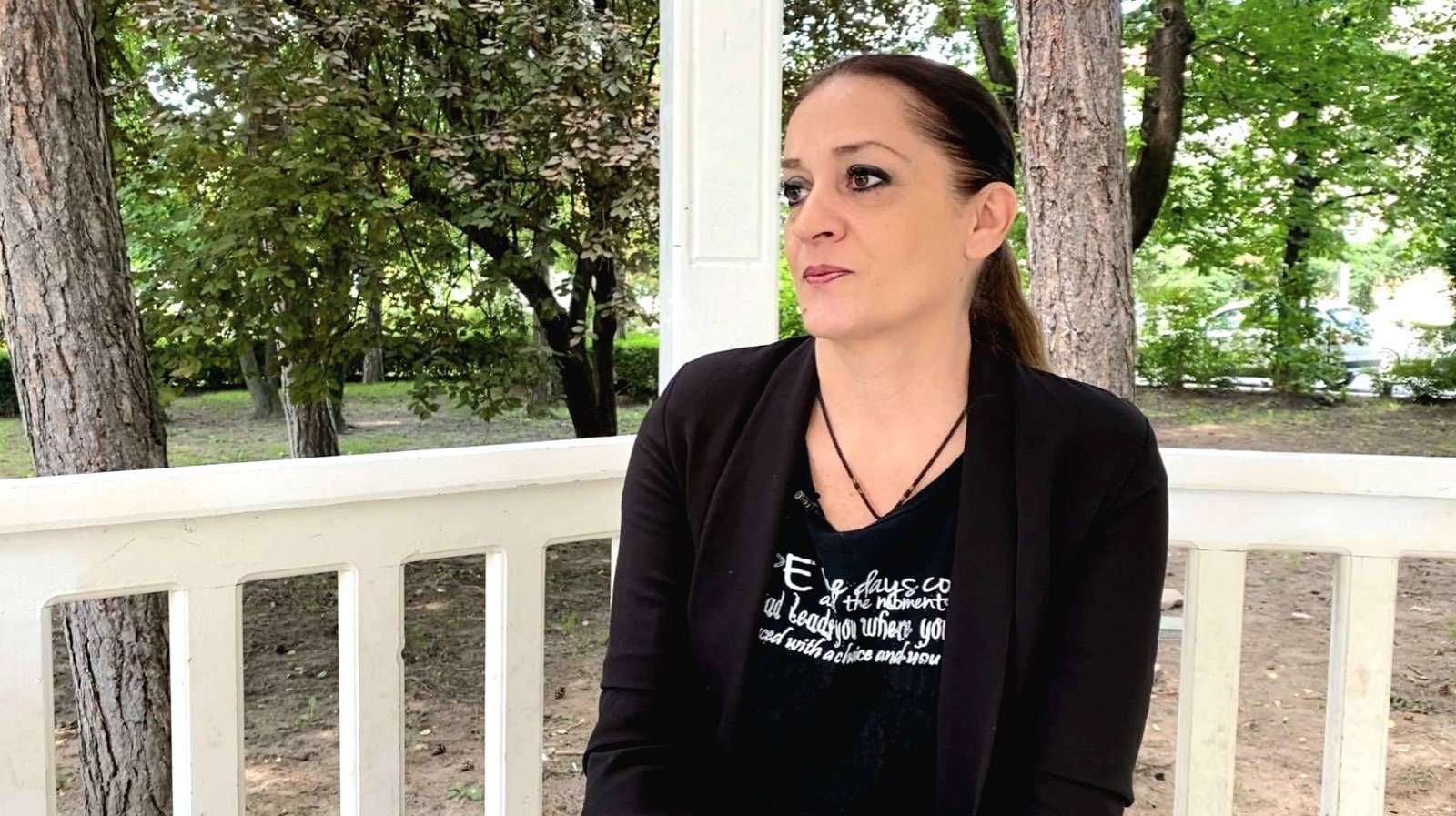Written by Aleksandra Bosnić Đurić
After the religious Spasovdan procession was revived in the wartime year of 1993, not coincidentally, Spasovdan once again became celebrated as the official city feast day of Belgrade. And after religious processions in Montenegro were, in 2020, formally established as an ideological and political tool to promote the populist unification project known as the “Serbian World”, a mission that Serbia’s authoritarian regime embraced that same year, the Spasovdan procession in Belgrade in May 2025 appeared as a desperate attempt at survival by a regime increasingly consumed by its creations: institutional capture, rampant corruption, and the continual manufacture of mass populist hypnosis.
Although available sources state that the procession is “traditionally” led by the Serbian Patriarch, hosted by the mayor of Belgrade or another city official acting as the de facto head of the city, and includes participation from the Serbian Army, Gendarmerie, and police orchestra, this year’s procession stood in stark contrast to Serbia’s current political reality: a deeply fractured society, torn apart by severe political divisions.
Equally troubling is the fact that, thirty years after the successful manipulation of national identity and the exploitation of religious sentiment for repressive political engineering, civic consciousness has been so thoroughly eroded among large segments of the population in both Serbia and Montenegro, as has the awareness that they live in formally secular, democratic, multicultural, and multiconfessional states. For decades, the alliance between the ideological and repressive arms of the state has gone largely unchallenged in public discourse, and the few who have dared to confront it have been branded as “enemies of the faith and the nation”.
Back in 2020, a pivotal year that saw the launch of the “Serbian World” project through every available ideological and political channel, and likely the last populist mass-hypnosis of this scale in the Western Balkans, it became clear that the regime in Serbia, along with its hostages, the citizens of Serbia, was entering a final phase: only the conclusion remained, because everything else had already become painfully obvious. That same year, I wrote that under pressure from scandals on one side, schizophrenic foreign policy on another, and, on a third, social despair, poverty, and unrest, the Serbian government, which had and still has its sympathizers within Montenegrin leadership, was retreating to the comfort of old, time-tested formulas.
These formulas, which, in their grim continuity from the 1990s to the present day, have resurfaced in countless variations, tell the same tired stories of national unity, singular territories, an endangered people, state-church symbiosis, pseudo-patriotism, and mass emotional mobilization in response to a new, old, almost archetypal “existential threat”.
I once wrote that when theoretical frameworks suddenly start to make more sense because of real-life events, it’s usually a sign that a regime has entered the mature, final phase of its developmental cycle. The carefully staged images of unity between church and state authorities, the military, police, and “model citizens” on display again this year in Belgrade, just as they were during the wartime year of 1993, are no coincidence.
As early as the 1970s, French philosopher Louis Althusser observed that an ideologized social reality is inevitably interwoven with varying degrees of explicit or implicit interplay between repressive state apparatuses (government, administration, military, police, courts, prisons) and ideological state apparatuses (religious, educational, legal, familial, media, cultural, and political systems).
This interplay becomes increasingly complex as the ideological apparatuses themselves grow more diverse. Still, what ensures a unified ideological imprint across these institutions is the ideology of the ruling political force. This ideology remains dominant precisely because it controls the repressive apparatus and, through it, the state. Althusser argues that no political force can maintain state power over time without also establishing and sustaining hegemony over the ideological state apparatuses, and doing so through them.
Each ideological apparatus contributes to the larger effect in its way: the political system demands full individual submission to the state’s ideology, whether indirectly through parliament or directly via plebiscitary practices; the media “flood” citizens with daily doses of nationalism, chauvinism, moralism, or whichever “-ism” fits within the dogmatic boundaries of the dominant ideology.
In this context, this year’s Spasovdan religious procession should be seen as a revival of a once-functional, almost medieval model of “natural” unity between state and church, an organic whole that asserts its authority over individual lives and modern social challenges. This return to old patterns is not merely a nod to tradition. In his sermon, the Serbian Patriarch emphasized that Serbs are not a people who live only in the present. For them, history is a realm of salvation, where the meaning of life and human creativity are forged.
This interpretation of historical contradictions appears designed to serve as a model for resolving the present-day tensions currently shaking Serbian society. In that sense, the religious procession provides the regime with a kind of “mirror image” – a carefully constructed illusion of stability, intended to counterbalance the destabilizing effects of deep and irreversible social upheaval.
Especially when the entire operation is set to the “subtle” rhythm of a police band’s marching tune.








Komentari (0)
POŠALJI KOMENTAR